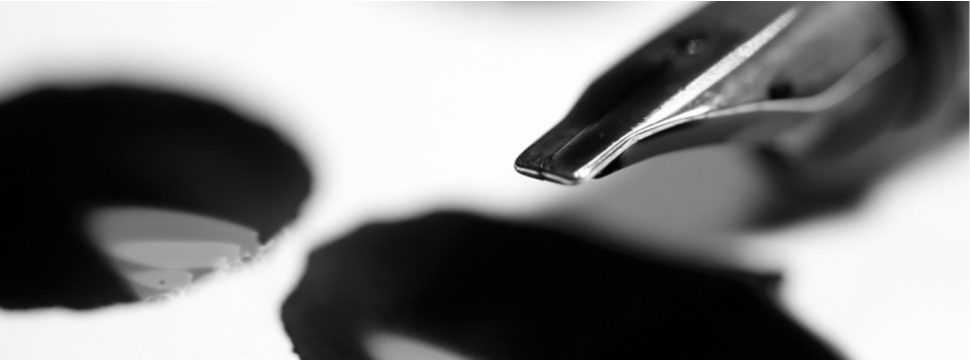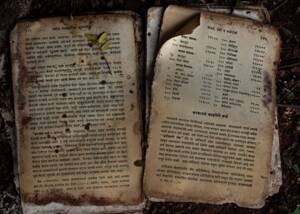Blotting paper - an indispensable helper for ink and India ink
News News blog
Blotting paper is an unsized and little pressed paper. Due to this structure, it forms fine capillaries that quickly absorb liquids such as ink.

For the production of blotting paper, bleached fibers of cotton linters are used. For less high-quality blotting paper, on the other hand, up to 50% ground wood pulp from poplars or conifers is added.
Blotting paper is already mentioned in the Orbis sensualium pictus (1658) by Johann Amos Comenius, but writing sand was still used for a long time. In 1827, a description of blotting paper is found in the Brockhaus Konversations-Lexikon.
After the invention of blotting paper, so-called "ink cradles" became widespread in the second half of the 19th century. Such ink extinguishers consisted of a wooden cradle over which a blotting paper was stretched. The top plate could be removed to replace the blotting paper.
Blotting paper is particularly common in schools; almost every writing notebook comes with a loosely inserted sheet of blotting paper. The blotting paper is intended to absorb excess liquids such as ink or printing ink and thus prevent smudging. However, due to the increased use of ballpoint pens or the direct use of PCs, the use of blotting paper is declining.
Blotting paper is also suitable for removing wax stains from textiles because of its highly absorbent properties.










